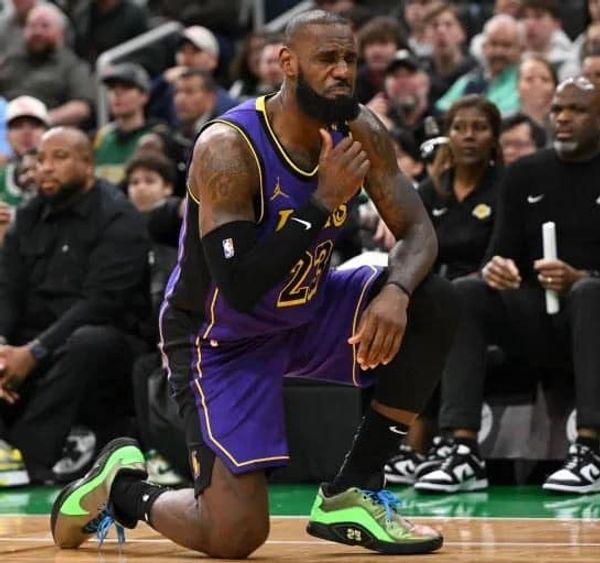
It’s disappointing when beloved retail chains shut their doors forever. Shoppers enjoy visiting the same stores weekly, and it’s saddening when beloved retail chains like Bed Bath & Beyond or Christmas Tree Shops are forced to close their doors forever.
Fortunately, while these store closures are disruptive, consumers can quickly shift their spending to other retailers. But that’s not always true.
Sometimes, a retailer that serves an essential purpose is forced to declare bankruptcy protection. When that happens, shoppers can be left in the lurch, uncertain where to turn to get the needed items.
A dire situation is unfolding for this key retailer
Rite Aid (RAD) -) is a retail store on the front lines of providing critical healthcare services to millions of Americans. Its 2,300 retail stores sell essential daily healthcare necessities from toothpaste to aspirin, and its pharmacies provide necessary medicines to many people who live within the 17 states in which its stores operate.
Healthcare demand has increased because of aging baby boomers, but despite rising prescription volumes, Rite Aid’s future is quickly becoming uncertain.
The chain has long struggled under the pressure of expensive acquisitions that burdened it with a heavy debt load, and costs could soar beyond what the company can reasonably afford because of its exposure to opioid lawsuits that have already resulted in the bankruptcy of Purdue Pharma, Endo Pharmaceuticals, and Mallinckrodt.
More Retail:
- ‘Too pretty’ Home Depot worker faces backlash after viral mirror post
- A classic kitchenware brand files for Chapter 11 bankruptcy
- Who’s running The Gap? With no CEO, retailer hurtles towards crisis
Rite Aid didn’t manufacture opioids. However, it is under fire because of allegations it knowingly filled illegal opioid prescriptions, contributing to the current opioid crisis.
For example, the Department of Justice filed a civil suit against the retailer in March. Its suit says Rite Aid’s pharmacists “repeatedly filled prescriptions for controlled substances with obvious red flags.” The complaint, which whistleblowers initially brought, says, “Rite Aid intentionally deleted internal notes about suspicious prescribers.”
Exposure to these suits could cost it billions of dollars.
In 2022, competitor Walgreens (WBA) -) announced an opioid settlement with state regulators and others valued at $5.7 billion, payable over 15 years. Separately, CVS Health (CVS) -) agreed to pay $4.9 billion over ten years.
Those competitors are much larger than Rite Aid and have more diverse revenue streams. They’re also arguably more financially fit and less burdened by existing debt than Rite Aid.
Rite Aid reported revenue fell 6% from one year ago to $5.7 billion in the quarter ending May 31. It lost $0.73 per share in the quarter. Wall Street estimates Rite Aid's loss will total $4.69 per share this fiscal year.
Given the uncertainty associated with the pending lawsuits and its ongoing losses, it's increasingly likely that Rite Aid will seek Chapter 11 bankruptcy protection. Filing for bankruptcy could allow it to consolidate its lawsuits, making it easier to settle and giving it additional time to figure out a solution to keep its doors open.
Forget Rite Aid — Sign up to see what stocks we’re buying now







